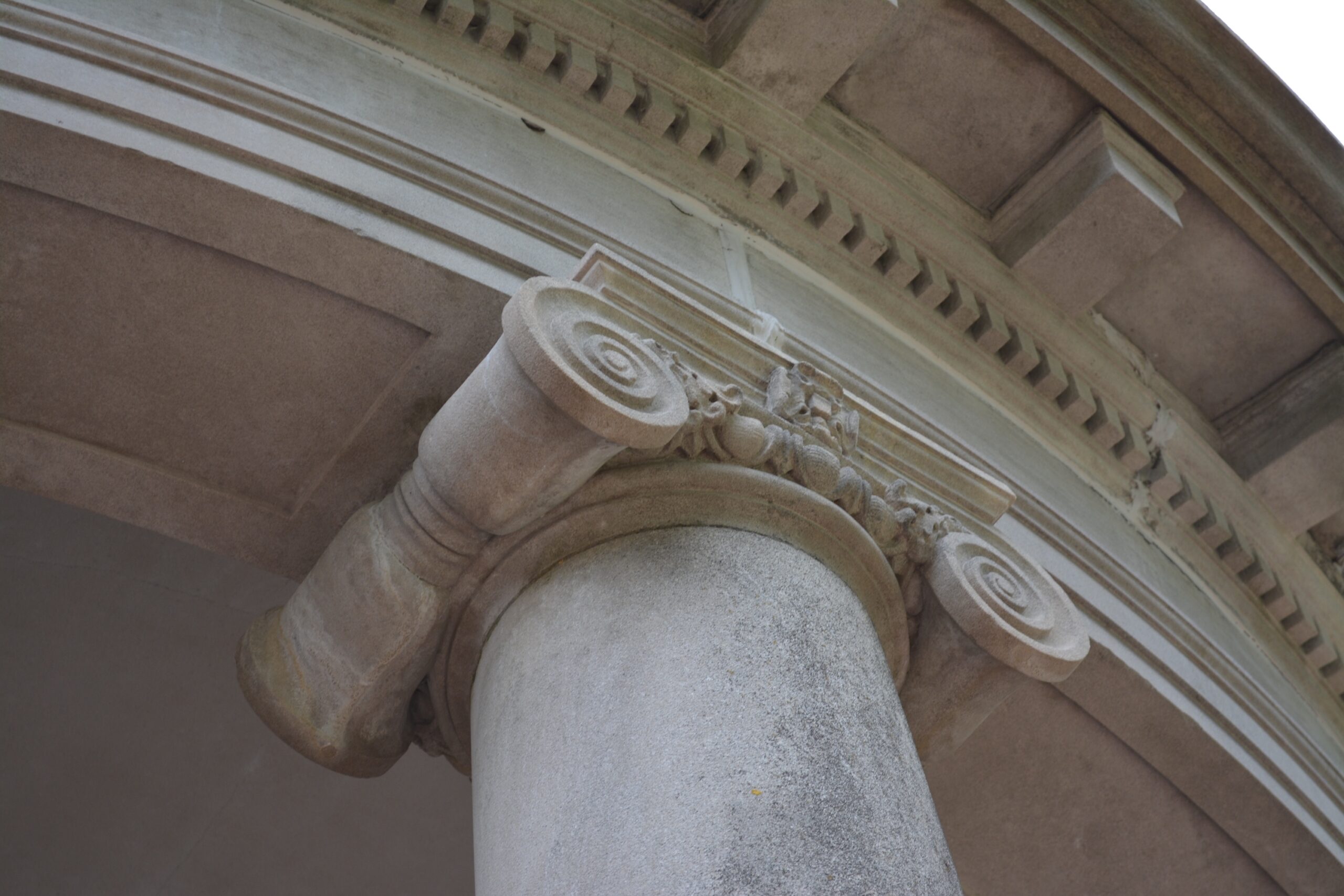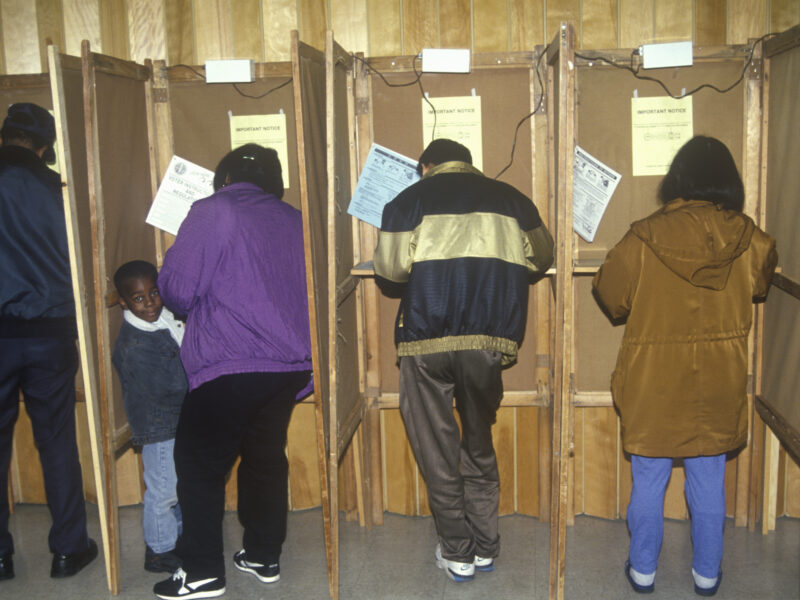
College admissions is starting to look a lot like the domino theory. Now that the affirmative action piece has dropped, legacy admissions is in play and it’s reasonable to assume that athletics will soon follow. As a career educator in the college preparatory space, one feels obliged to jump into the fray. In the spirit of my contrarian pedagogic wont, here are 10 thoughts that don’t seem to have made the news.
1. What is elite? Although I have yet to see a print or TV news piece on this issue that was not about elite schools, neither have I yet seen that word defined. A quick Harvard Google shows a $50+ billion endowment balanced against a $5 billion annual operating budget. While a 10-to-1 endowment-to-budget ratio obviously constitutes “elite,” how about 5-to-1? 3-to-1? Can we assume that 1-to-1 is not? Why does the media keep throwing this “e” word around without ever defining it?
2. One thing I’ve learned about admissions in any educational context is that there is a dividing line between the gatekeepers and the rainmakers. Gatekeepers balance high demand with limited supply. (Think Steve Rubell directing human traffic at the front door of Studio 54 in the late 70s.) Rainmakers have the opposite problem. (Think Grapes of Wrath.) The overwhelming majority of colleges — especially small ones — and universities are rainmakers.
3. Gatekeepers — at least the enlightened ones — are now in the process of distancing themselves from legacy admissions. My question: What are the rainmakers supposed to do? Imagine a young, small liberal arts college with a very small endowment and a history of more annual deficits than surpluses. Let’s say that said college has an alum who happens to be highly successful, wealthy, and generous. Let’s also say that said alum has a child applying to said school with OK but less-than-stellar application credentials. Are we really going to expect that school to deny said child? I mean, REALLY?!? (Talk about the rich getting richer and the poor…ah… staying poor.)
4. Am I the only person who senses a disingenuous smugness from the prestigious schools in the news, many of whom are now pontificating on the unfairness of legacy admissions while they sit upon gargantuan endowments built on foundations of… wait for it… legacy admissions? Brings to mind the image of the castle pulling up the proverbial drawbridge, leaving the unfortunates on the other side of the moat.
5. Another word that gets thrown around a lot is “qualified.” What does that mean? SAT? GPA? How about excellence in community service? Or best thespian? Or even best slap shot? Furthermore, can “more” qualified or, for that matter, “less” qualified ever be defined? Do we even want to do that?
6. Once we settle on some semblance of a national consensus regarding the word qualified, it will be interesting to see what will happen with athletic preferences. A number of these big name schools we’ve been reading about consistently field highly competitive teams in specifically targeted sports — think Duke basketball, Harvard hockey, Trinity squash, Johns Hopkins lacrosse, Notre Dame and USC football, Northwestern women’s lacrosse, Stanford women’s basketball. The preeminence of those teams obviously reflect institutional priorities that have been determined at very high administrative levels. For sure, many of those student-athletes are as exceptional in the classroom as they are on the playing field. However, many others simply would not be admitted if their SATs and GPAs were submitted sans any reference to their athletic prowess. That prowess tips the scale in favor of the applicant because it has been deemed beneficial to the college or university. How is that different from a legacy applicant? I mean, if it’s OK for Harvard to give preference to hockey players, why is it not OK for School X to give preference to family ties?
7. Putting aside my opinion on the Supreme Court’s ruling on affirmative action in college admissions, I’m not sure I’d feel much differently had they ruled the other way. Count me among those who are highly distrustful of judicial (or govermental) interference in the affairs of private institutions. While they may get it right sometimes — e.g., Brown vs. School Board — I don’t care for the precedent and inevitable presumption of increased future interference that follows. Sometimes the court of public opinion is the best arbiter.
8. It’s impossible to explore this issue without giving some consideration to the role of cost in the equation. It just so happens that my father, my daughter, and I share the same college alma mater. (Fun Fact: All three of us would be considered legacy admits as all of us were preceded by my grandfather. Here’s the full disclosure part of this point: Whatever value Bowdoin College may place on our 4-generation attendance, it’s safe to say that philanthropic financial gain would not be in the mix.) Today’s Bowdoin full tuition cost is 80 times what my father’s parents paid. It’s over 20 times what my parents paid for me. Maybe the elite of the elite schools can truly engage in need-blind admissions — and more power to them for doing so! — but the vast majority of schools depend upon full pay enrollees to help cover the cost of those who cannot afford the tuition. Hey, somewhere, somehow the cost must be paid.
9. I have observed that most people do not realize that the manner in which financial aid is disbursed further widens the financial gulf separating the gatekeepers from the rainmakers. The latter really do not give scholarships. They discount their price a la the airlines or car dealers. The scholarship simply shows up on the budget on the expense side of the ledger. Gatekeepers, especially the tiny cadre of prestigious schools we keep reading about, boast multiple endowed scholarships, many attained as a direct result of the policy of legacy admissions. In these arrangements, the school is still receiving tuition payment — i.e., off the interest of the endowment — it’s just not receiving that money from the enrolling family.
In my early days as a head of school at an independent boarding school, I would sometimes trudge home at the end of the day and wonder, Am I just working at a school for rich kids? And then it dawned on me: The more full-pay kids we enroll, the more scholarship kids we can help. In other words, at a rainmaking school, legacy admits often make it possible for those first-generation and other less-privileged kids to enroll. Take away legacy admissions and a lot of financial aid opportunities for non-legacy candidates go out the window. Hence, sometimes legacy admissions is not only not a bad thing; sometimes it’s a very good thing.
10. Scott Galloway, professor of marketing at NYU and editor of his No Mercy, No Malice newsletter, likens the skyrocketing tuition costs of prestigious colleges to hoarding, suggesting that the selectivity of the most prestigious schools actually cause them to exist as more of a luxury product than a public good. In a 7/7/23 post titled “Super Drug – It’s Higher Education,” he writes:
The question facing American higher education is not “Who?” It’s “How Many?” The answer should be … “More.” Specifically, lower cost, increased volume. More kids of color, more middle- and lower-income kids, more trans kids, more men, more women, more legacies, and more international students who pay full freight and become evangelists for the U.S. when they return to their native countries … or stay to run a Nasdaq company.
Galloway’s prescription may be the only way to substantively lower tuition costs. Maybe it’s time for college to transition from the nostalgic “best four years of your life” model of yesteryear to more of the work/study/intern co-op idea long practiced at schools like Drexel and Northeastern. Many colleges are already evolving that way with the near mandatory expectation of a year or semester of study abroad. Maybe colleges could increase their enrollments, still deliver a rich (if different) experience, and lower their costs all in one swoop. It’s hard to imagine anything else that could halt the skyrocketing costs of tuition that have helped give rise to this whole debate in the first place.
So, when it comes to legacy admissions, if the media wants to maintain its micro focus on the small number of colleges and universities that constitute the prestigious gatekeepers, then the case against it is easy to make. However, should attention ever move to the macro focus of the higher ed industry as a whole, things get a lot more complicated.
Onward, Malcolm Gauld



